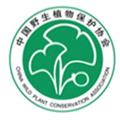中国药用植物
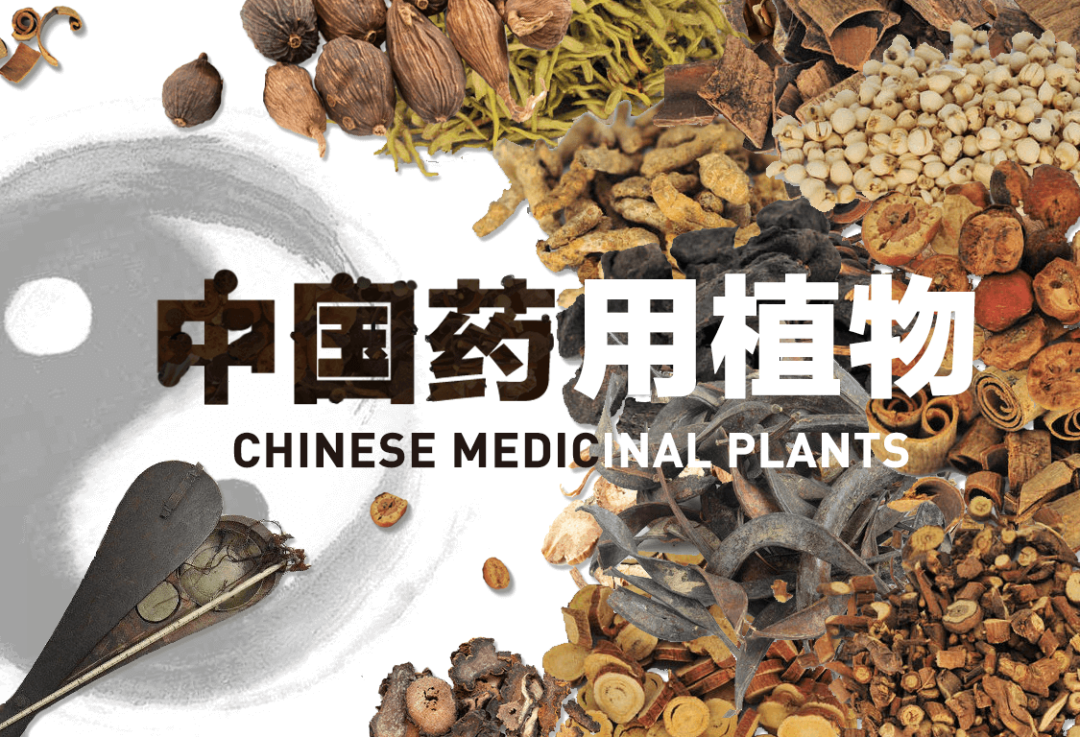
习近平总书记在党的十九届五中全会指出:
推动绿色发展,促进人与自然和谐共生。坚持绿水青山就是金山银山理念,坚持尊重自然、顺应自然、保护自然,坚持节约优先、保护优先、自然恢复为主,守住自然生态安全边界。深入实施可持续发展战略,完善生态文明领域统筹协调机制,构建生态文明体系,促进经济社会发展全面绿色转型,建设人与自然和谐共生的现代化。要加快推动绿色低碳发展,持续改善环境质量,提升生态系统质量和稳定性,全面提高资源利用效率。
中国药用植物
中国是全球植物资源最丰富的国家之一,大约有36512 种高等植物,约占世界总数的 11%。植物物种的多样性为中国先民们饮食、医疗和观赏提供了丰富的可利用资源,特别是以中医药为代表的中国传统医学中利用植物治疗各种疾病。
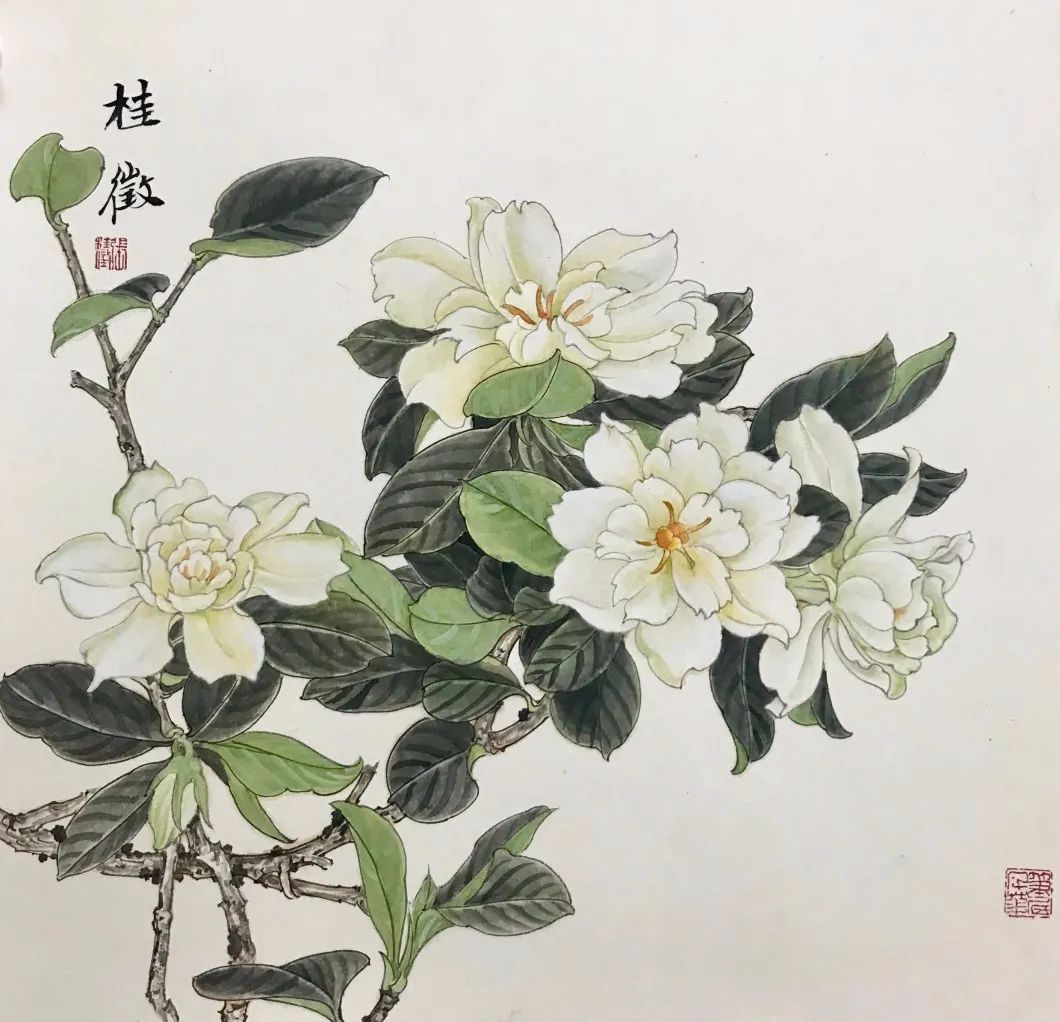
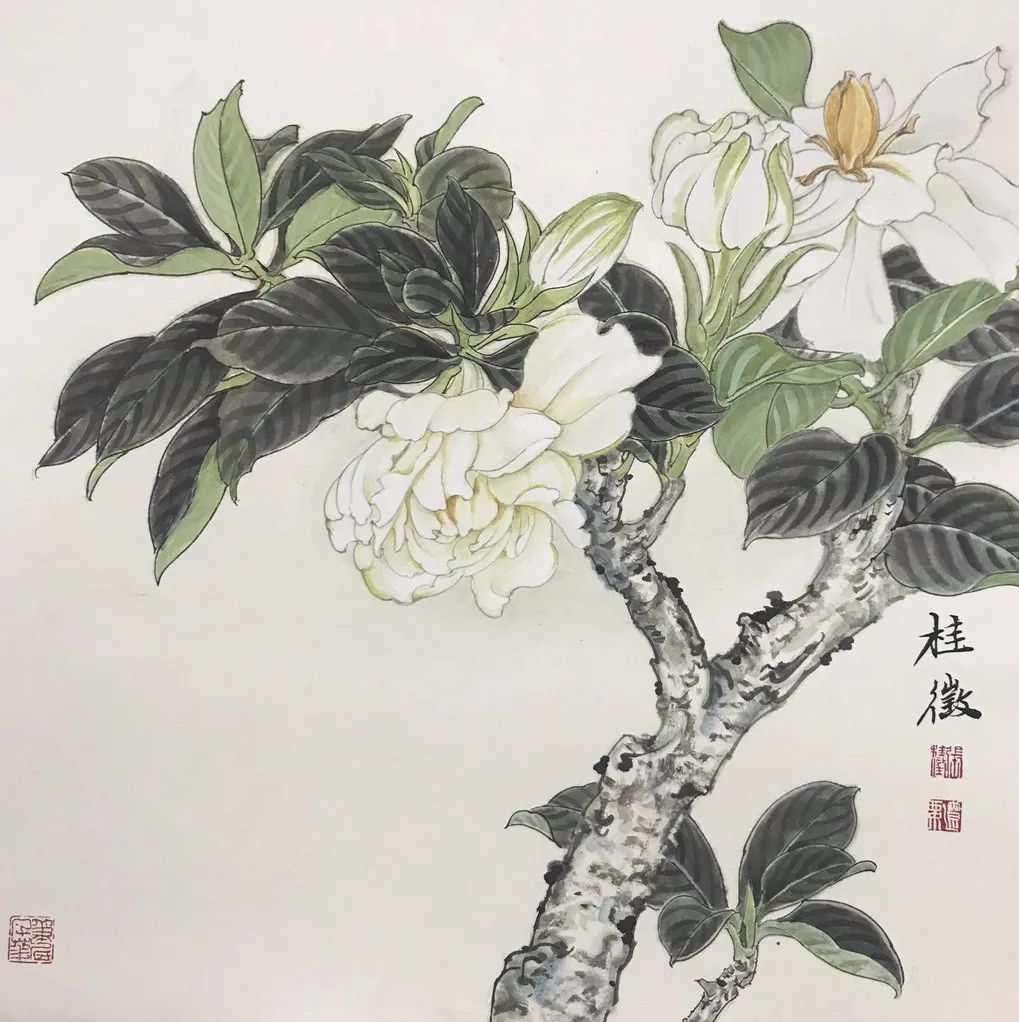
栀子(白蟾)Gardenia jasminoides var. fortuniana
张桂徵绘
几千年来,传统中医药为中华民族的健康、繁衍和昌盛提供了基本保障,中医文化自始至终都深深地植根在中华民族传统文化的沃土之中,在华夏文明中占有举足轻重的重要地位。中华文化自古就有伏羲制九针、神农尝百草等中医历史文化记载,五千多年来的历史典故中,蔡桓公讳疾忌医、庄子不龟手之药、华佗刮骨疗伤、马援薏苡解瘟等耳熟能详的故事,处处闪耀着中医药文化的灿烂光芒。《黄帝内经》、《伤寒论》等众多古代中医药典籍中都包含着博大精深的医学和药学理论,是中国人民对人类文明发展的巨大贡献。天人合一、和谐发展、命运共同体是中国哲学与自然科学千年的探索和追求的方向,弘扬中医药文化是造福全人类的伟大事业。
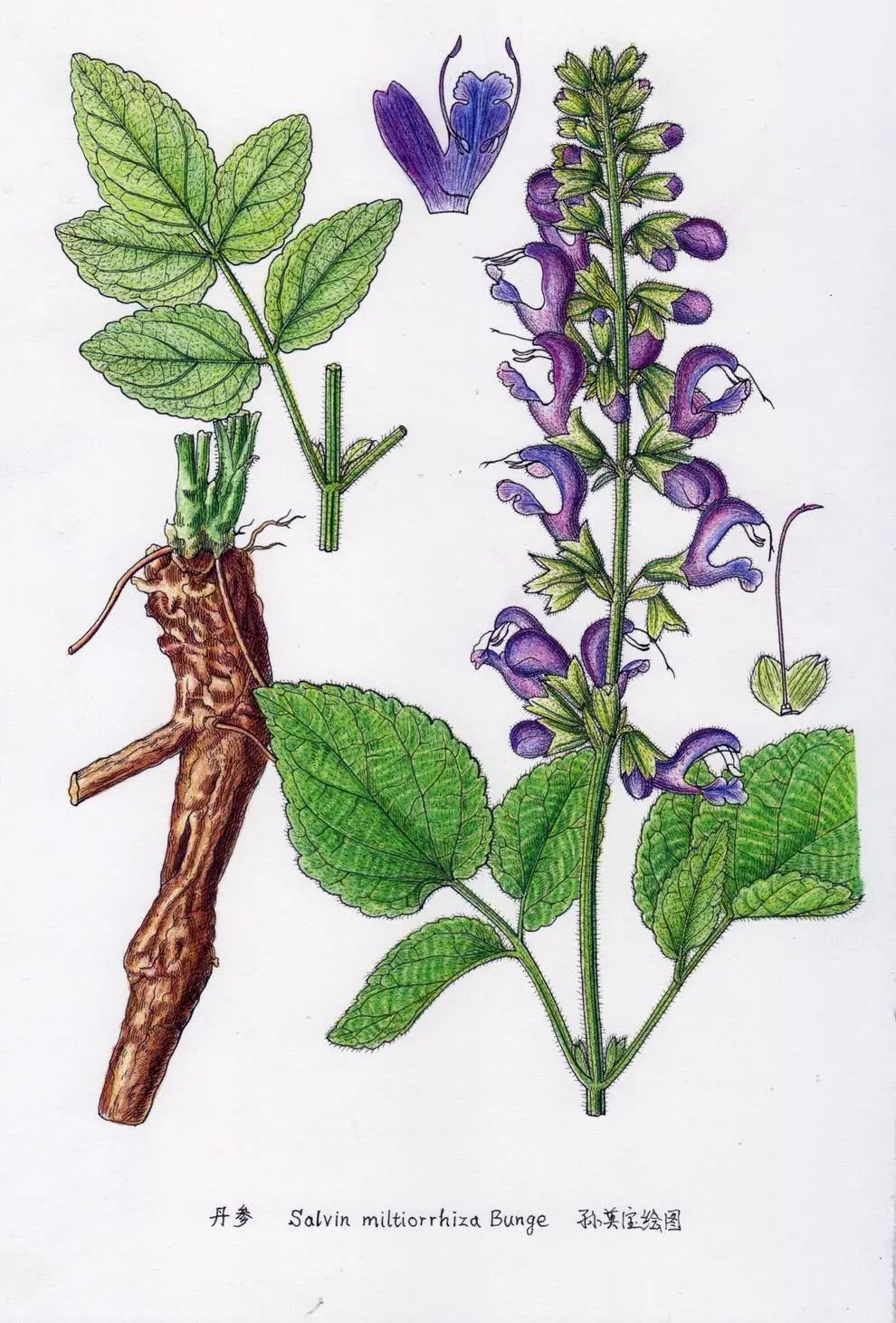
丹参 Salvia miltiorrhiza 孙英宝绘
中国战国时期,《山海经》中记载的药物有 124种,其中植物药约有 51 种。《五十二病方》中记载的药物增加至 242 种,植物药已多达 108 种;东汉时期形成的著名本草学专著《神农本草经》中记载药物 365 种,其中植物药 252 种;明代时期,中国进入了中药资源开发利用和本草理论发展壮大的鼎盛时期,《本草纲目》收载药材 1892 种,其中植物药 1094 种。
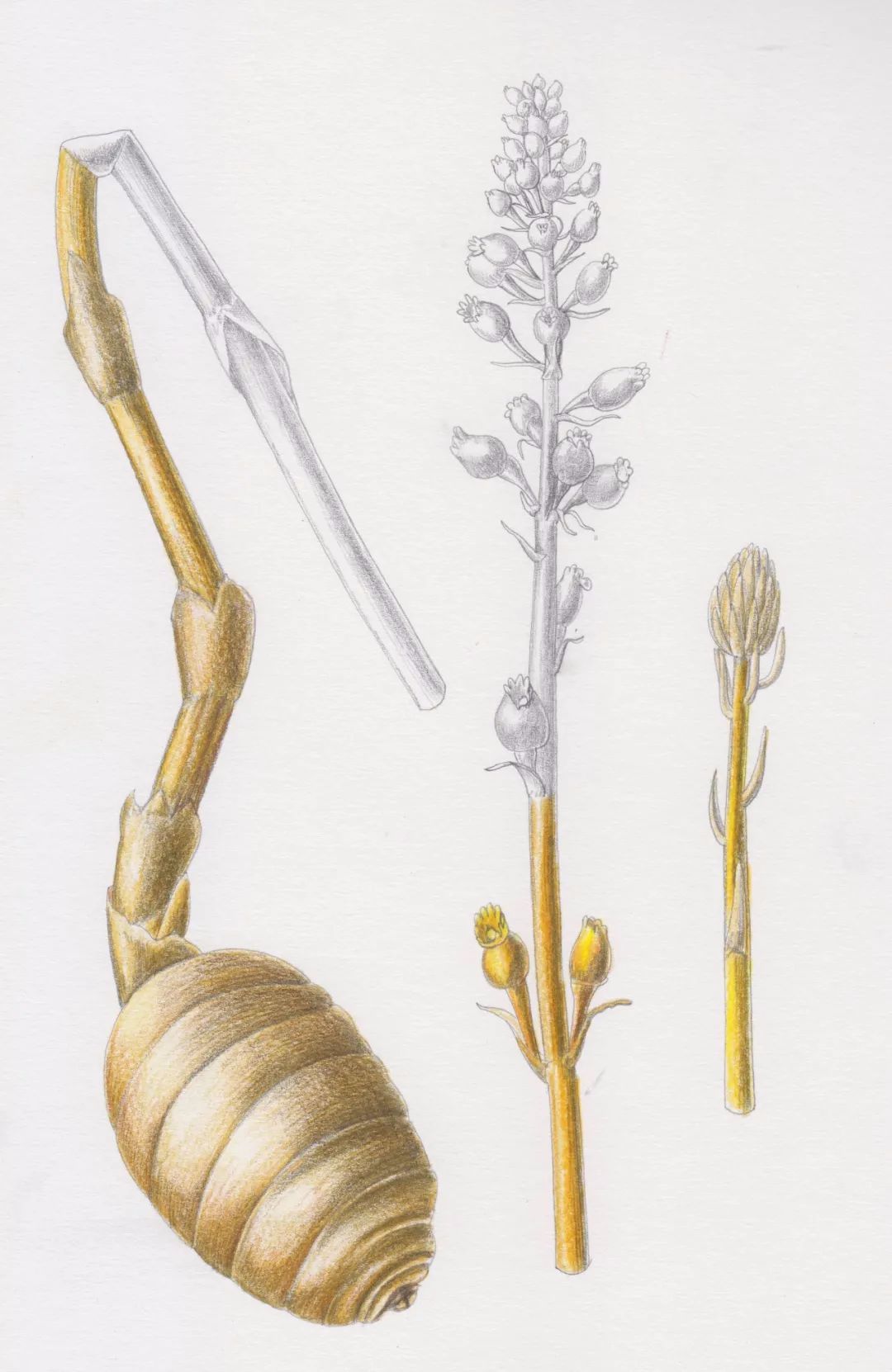
天麻 Gastrodia elata 孙英宝绘
目前,中国已知有药用植物物种约 11118种,占全世界药用植物的 40%,是中医药、食品、保健品等产业的重要物质基础。发展利用药用植物,是贫困地区脱贫致富和实现健康中国的根本保障。
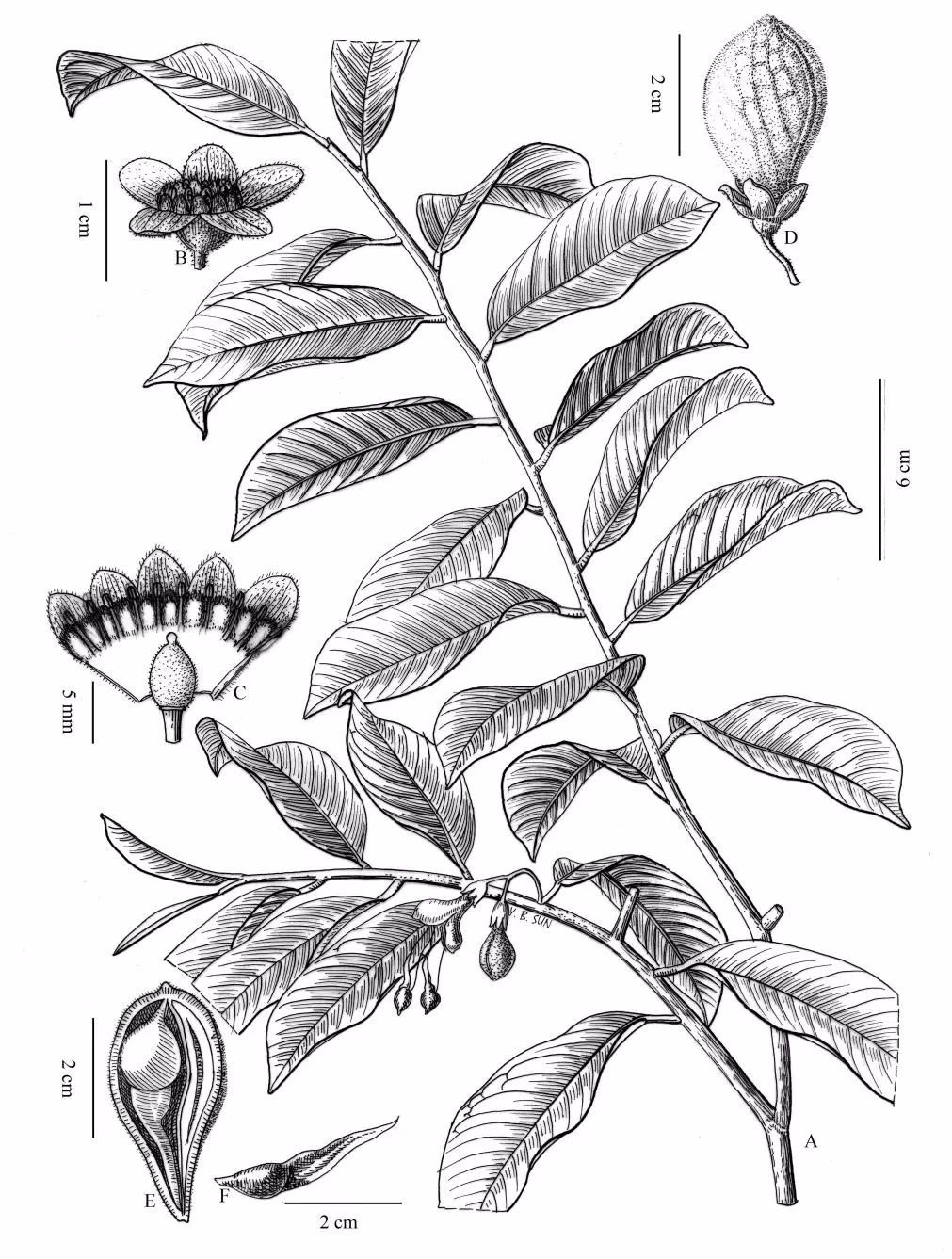
沉香 Aquilaria sinensis 孙英宝绘
随着对中医药、保健品、化妆品和各类健康产品的开发与生产日益增长的需求,农田种植的药用植物生产方式、野生种源保护和发展等多方面的矛盾日趋突出,市场也存在擅自大量收购野生药用植物资源的违法现象,以及不断扩大的商业利益需求对野生药用植物资源的保护造成了巨大压力。过度采集威胁着居群和物种的生存,同时也对生态环境和生物多样性保护造成了不同程度的破坏。

人参 Panax ginseng 戴越绘
国家自然资源和林业管理部门、行业企业与消费者都意识到,野生药用植物资源正在急剧下降的同时,也导致中草药品质受到极大影响,这在很大程度上制约了健康中国和传统中医药的发展。
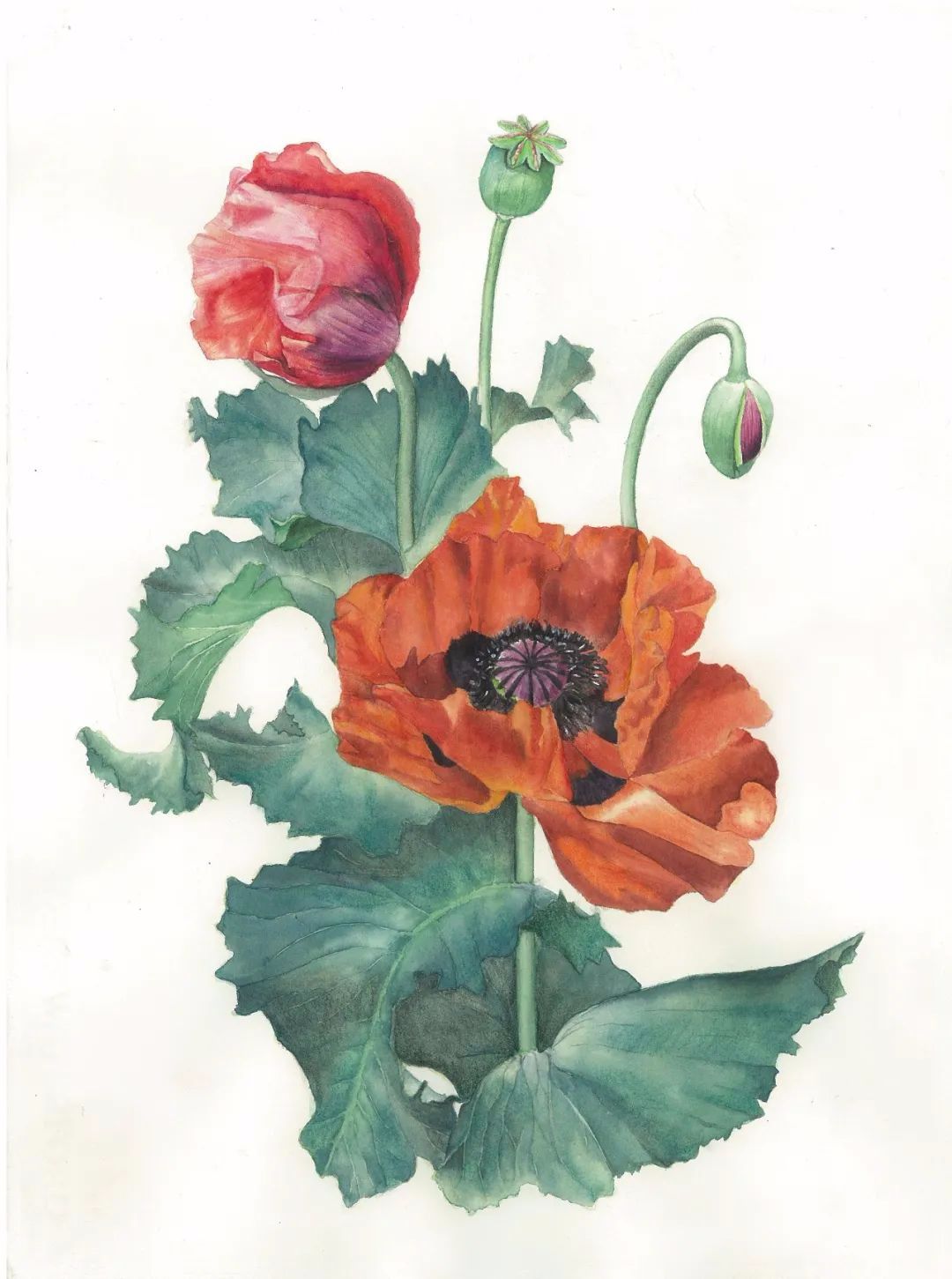
罂粟 Papaver somniferum 戴越绘
面对这种挑战,必须确定适应自然的发展方式,减少过度破坏,充分保护优质自然资源,已实现可持续发展。通过科学繁育生产出高品质的药用植物以满足社会需求。
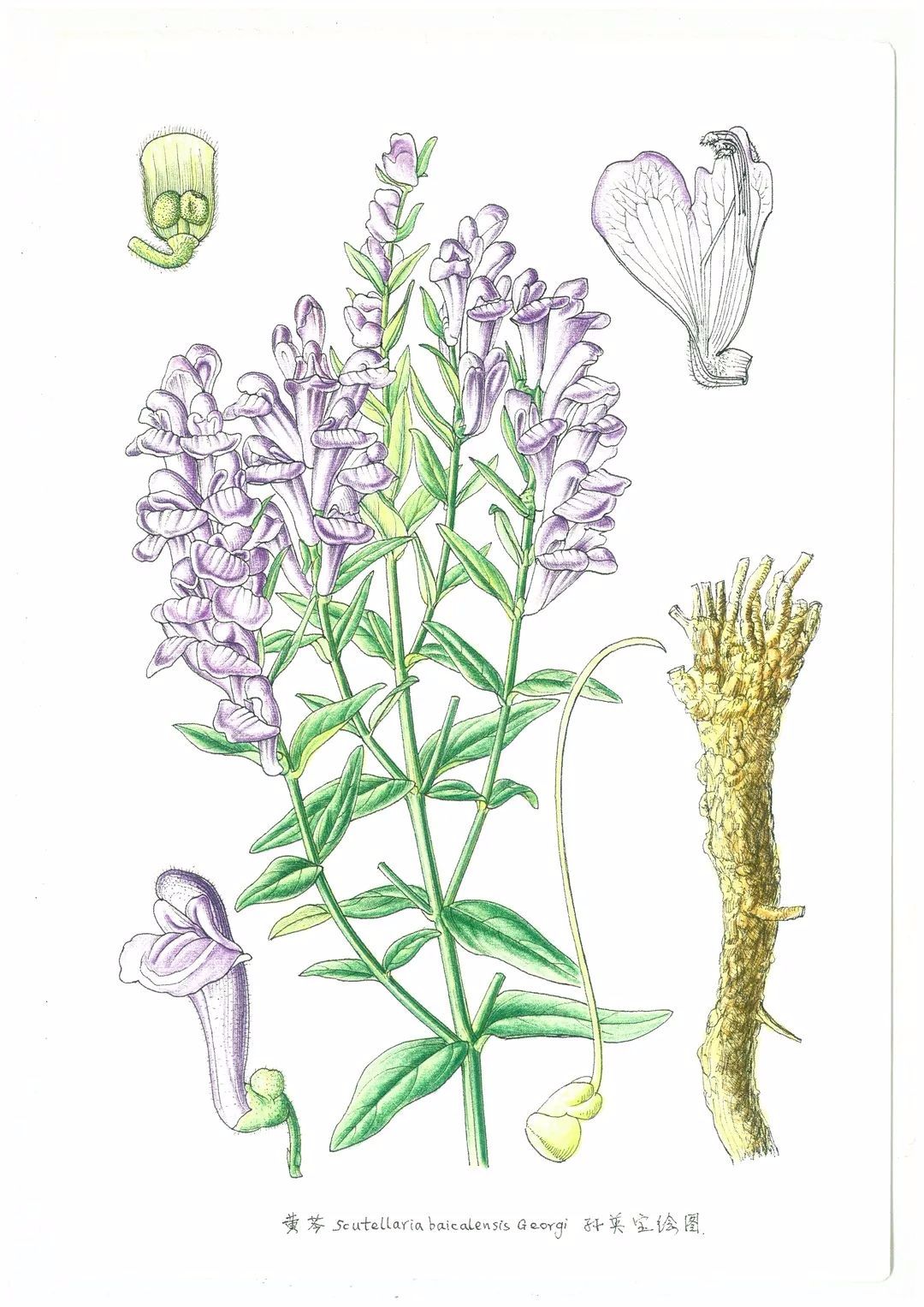
黄芩 Scutellaria baicalensis 孙英宝绘
当前,中国科研人员采用野生抚育技术,已成功实现对野生药用植物的繁育,在吉林和辽宁抚育出近百万亩人参;在河南和山西抚育了百万亩野生的连翘;在云南、贵州和陕西抚育了野生天麻;在四川和青海成功驯化了川贝母;在海南、广东、广西栽培成功了白木香,实现了人工结香技术。并通过技术与成果推广,有效帮助了当地百姓脱贫。

黄连 Coptis chinensis 孙英宝绘
中医药已传播到 183 个国家和地区,由中国推动在国际标准化组织(ISO)成立的中医药技术委员会(ISO/TC249)目前已发布 45 个中医药国际标准,为全世界提供了优质的药用植物,中医药正快步融入国际医药体系,为人类健康福祉作出越来越大的贡献。尤其在此次抗击新冠肺炎疫情中,中医药发挥了巨大的作用。
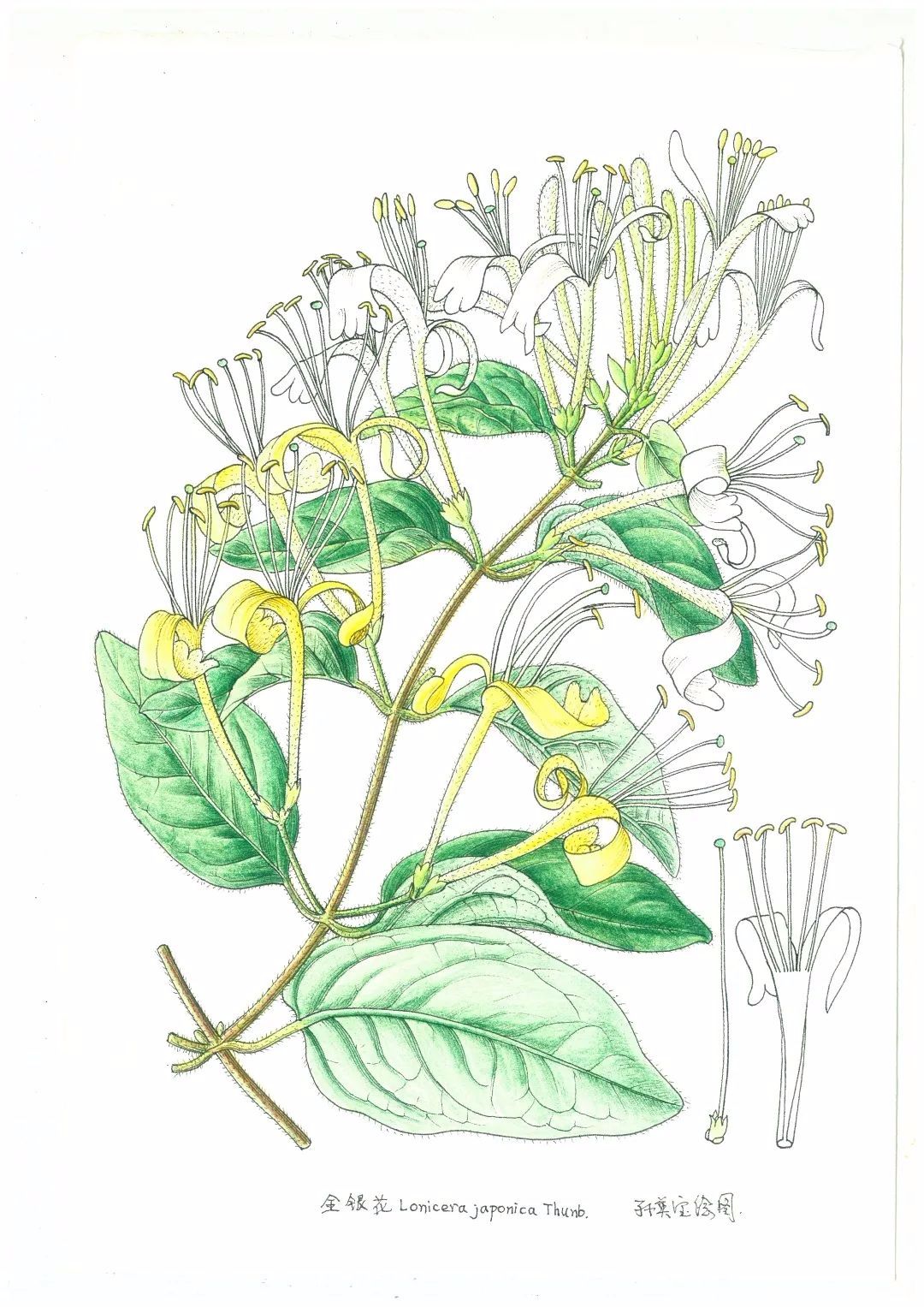
金银花 Lonicer japonica 孙英宝绘
未来,中国将严格加强野生药用植物资源保护,节约利用野生药用植物,科学开展珍稀濒危中草药替代品的研究和开发利用,最大程度减少野生资源的破坏;规范发展药用植物的野生抚育、仿野生栽培和生态种植,减少对野生居群需求压力的同时,保障科学繁育药用植物产品,提高药用植物的质量;充分利用林下自然资源,实现提升森林与草原生态系统服务功能,促进林下与草原经济的发展,提高人民的经济收入。
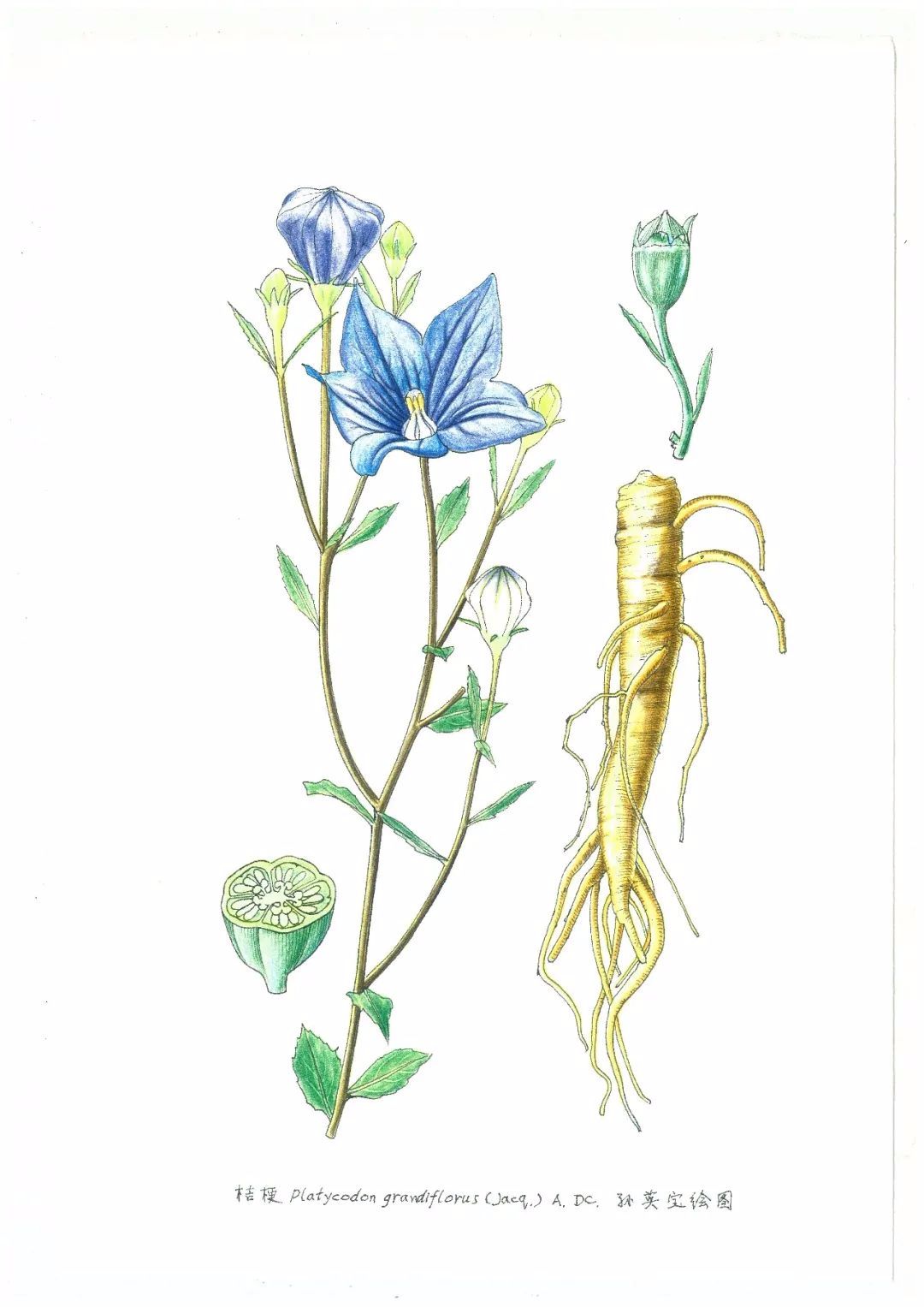
桔梗 Platycodon grandiflorus 孙英宝绘
中国野生植物保护协会正组织相关科研机构,研究制定《药用植物保护和繁育规范》,同时开展与国际贸易标准的对接工作,推动中国中医药事业与世界经济的融合。
Chinese medicinal plants
China is the country with the richest plant resources in the world. There are about 36,512 species of higher plants, accounting for about 11% of the world' stotal.
The diversity of plant species provided abundant resources for Chinese ancestors' foods, medicines and horticulture, especially the use of plants to treat various diseases in traditional Chinese medicine (TCM).
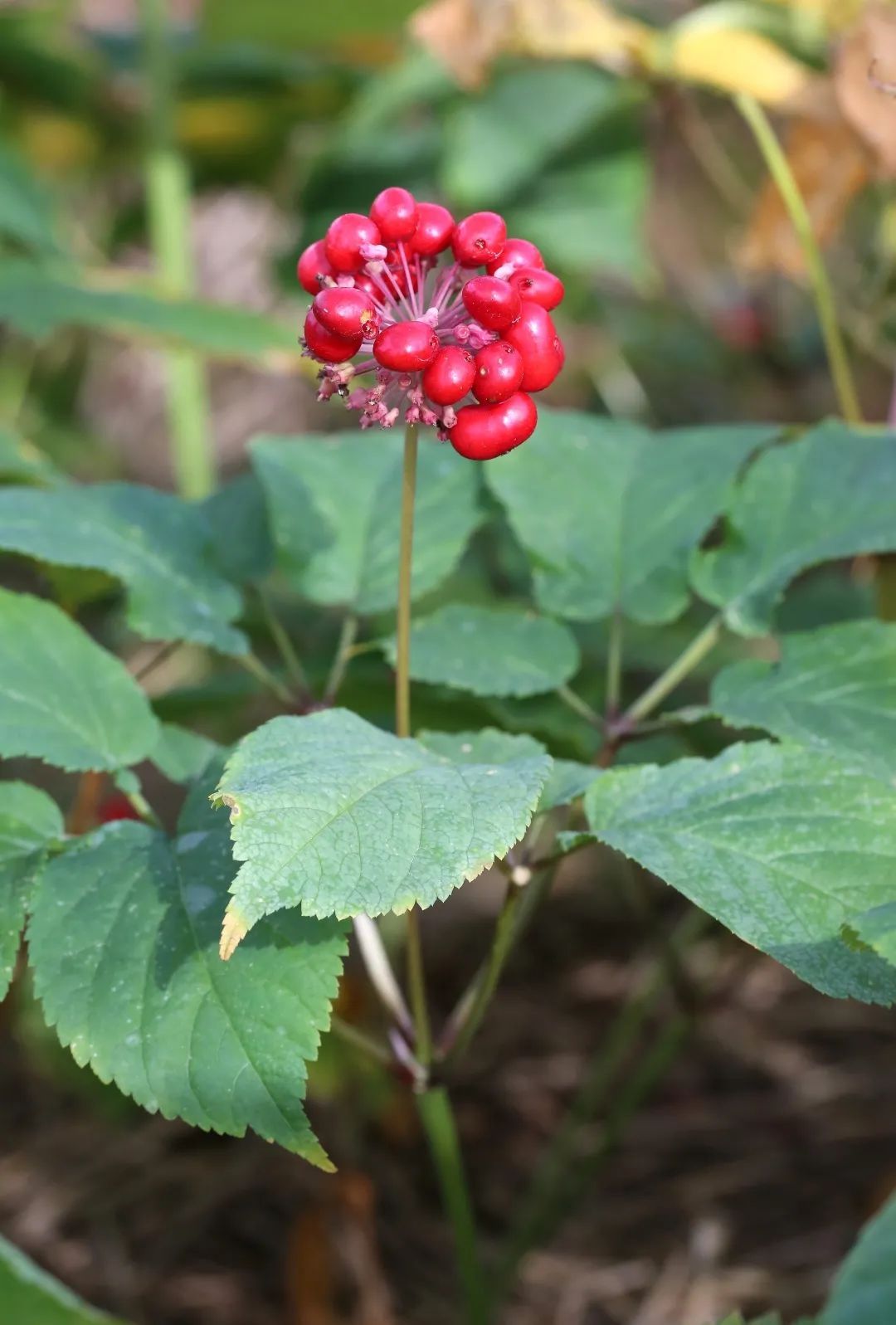
西洋参 Panax quinquefolius
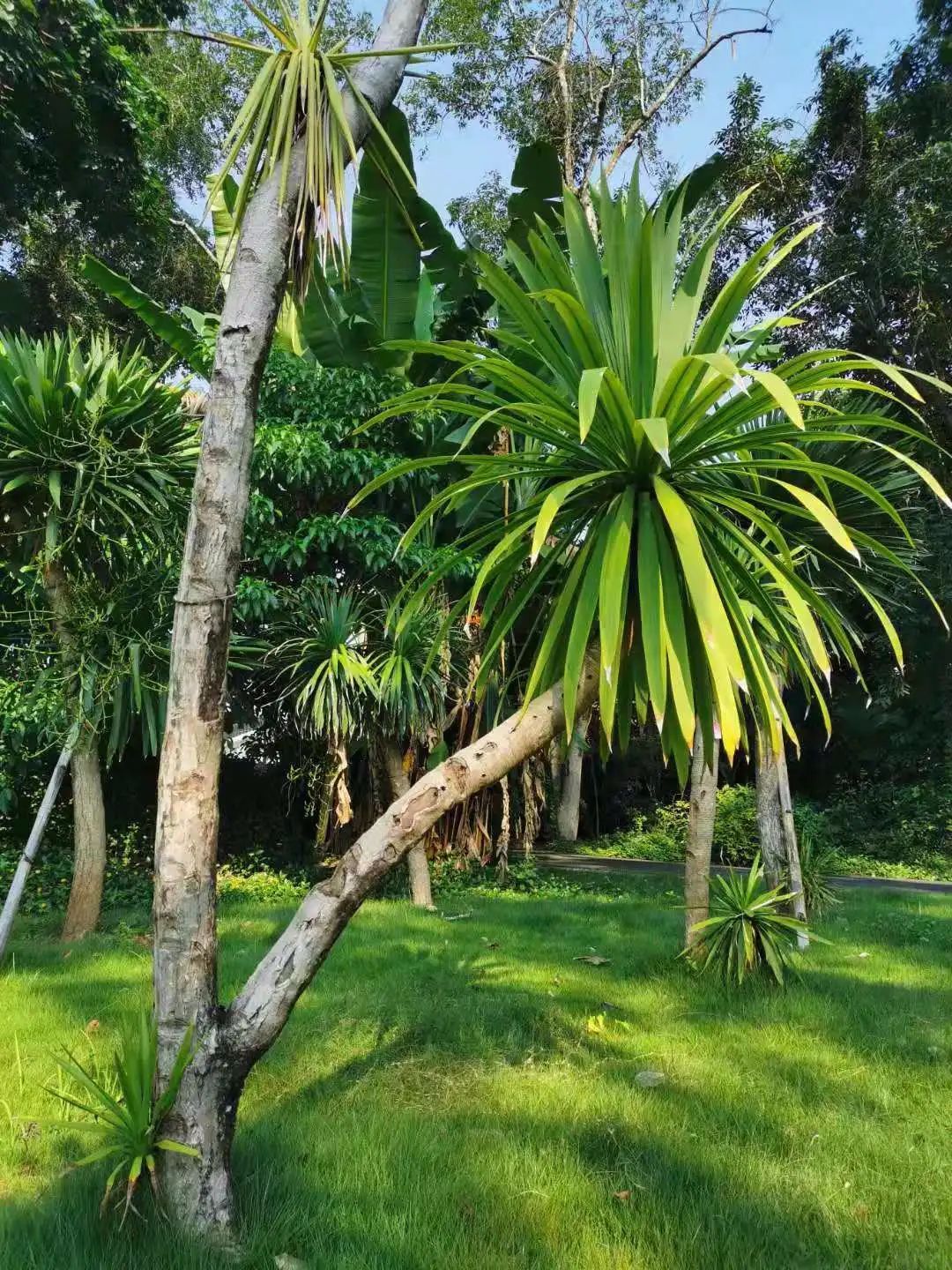
龙血树 Dracaena angustifolia
For thousands of years, TCM has provided the basic guarantee for the health, reproduction and prosperity of the Chinese nation. TCM culture has been deeply rooted in the fertile soil of the traditional Chinese culture from the very beginning , and it has played a pivotal role in the Chinese civilization. There have been historical and cultural records of Chinese medicine in Chinese literatures since ancient times,such as Fu Xi's Needles
and Shen Nong’s Herbs. Many ancient classics of TCM, contain extensive and profound medical theories, which are the great contributions of the Chinese people to the development of human civilization. The unity of nature and mankind, harmonious development, and a community of shared destiny are the direction of Chinese philosophy and natural science's millennia of exploration and pursuit. Promoting the culture of Chinese medicine is a great cause for the benefit of all mankind.

天麻 Gastrodia elata
During the Warring States Period of China, there were 124 kinds of medicines recorded in the Classic of Mountains and Rivers
(Shan Hai Jing), including about 51 kinds of botanical medicines.The number of medicines recorded in"Fifty twoPrescriptions
for Diseases(Wushi’er Bingfang)"increased to 242, and there were 108 kinds of botanicals; the famous herbal monograph "ShenNong's Materia Medica (Shen Nong Ben Cao Jin)" recorded 365 kinds of medicines, including 252 kinds of botanicals; During Ming Dynasty,China has entered the heyday of the development and utilization of TCM resources and the traditional medicine theories."Compendium of Materia Medica(Ben Cao Gang Mu)" contains 1892 kinds of medicinal materials, including 1094 kinds of botanicals.

人参 Panax ginseng
At present, there are about 11,118 medicinal plant species known to exist in China, accounting for 40% of the world's medicinal plants, and is an important material basis for industries such as TCM, food, and health products. The development and utilization of medicinal plants provide foundation to many poverty-stricken areas to achieve poverty alleviation and make China healthy.

灵芝 Ganoderma Lucidum
With the increasing demand for the development and production of Chinese medicine, health care products, cosmetics, etc.,the mismatch in the production methods of farmland medicinal plants, the protection and development of wild provenances,etc.
have become increasingly prominent, illegal purchases of wild medicinal plant resources become a phenomenon and the ever-expanding commercial interests have put tremendous pressure on the protection of wild medicinal plant resources. Excessive collection threatens the survival of populations and species, and at the same time has caused varying degrees of damage to the ecological environment and biodiversity.

柴胡 Bupleurum chinense
National natural resources and forestry administrative agency, enterprises and consumers are all aware that while wild medicinal plant resources are declining sharply,the yield and quality of herb medicines is also greatly affected, which to a large extent restricted the development of healthy China and TCM.

沉香 Aquilaria sinensis
Faced with this challenge,it is necessary to develop a way to protect natrual resource,reduce excessive ecological damage, and at last achieve sustainable development, produce high-quality medicinal plants to meet social needs.
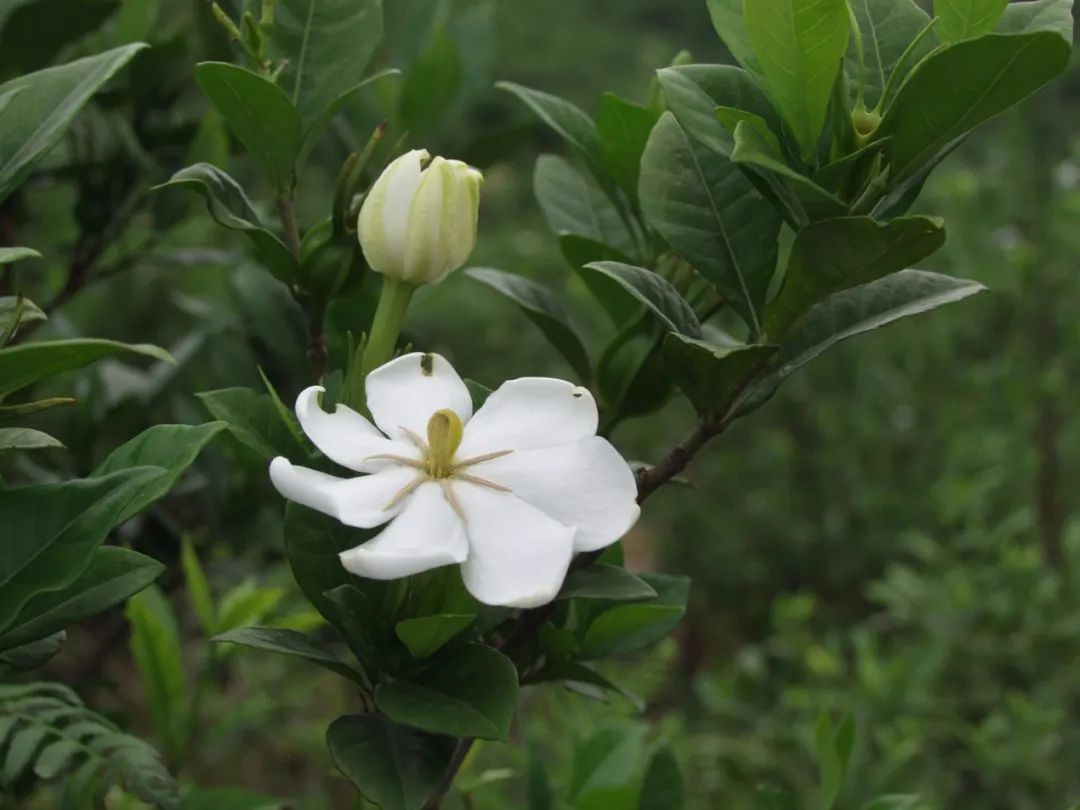
栀子 Gardenia jasminoides
Chinese researchers have adopted wild tending techniques to successfully artificially breed wild medicinal plants, and cultivating in forest nearly one million acres of Panax ginseng in Jilin and Liaoning, wild breeding one million acres of Forsythia suspensa in the Henan and Shanxi, cultivating Gastrodia elata in Yunnan,Guizhou and Shaanxi; successfully introducing Fritillariaspp.in Sichuan province and Qinghai province;
successfully cultivating Aquilaria sinensis in Hainan, Guangdong,and Guangxi, and realizing artificial fragrance-making technology. By the promotion of technology
and , it has effectively lifted many local people out of poverty.
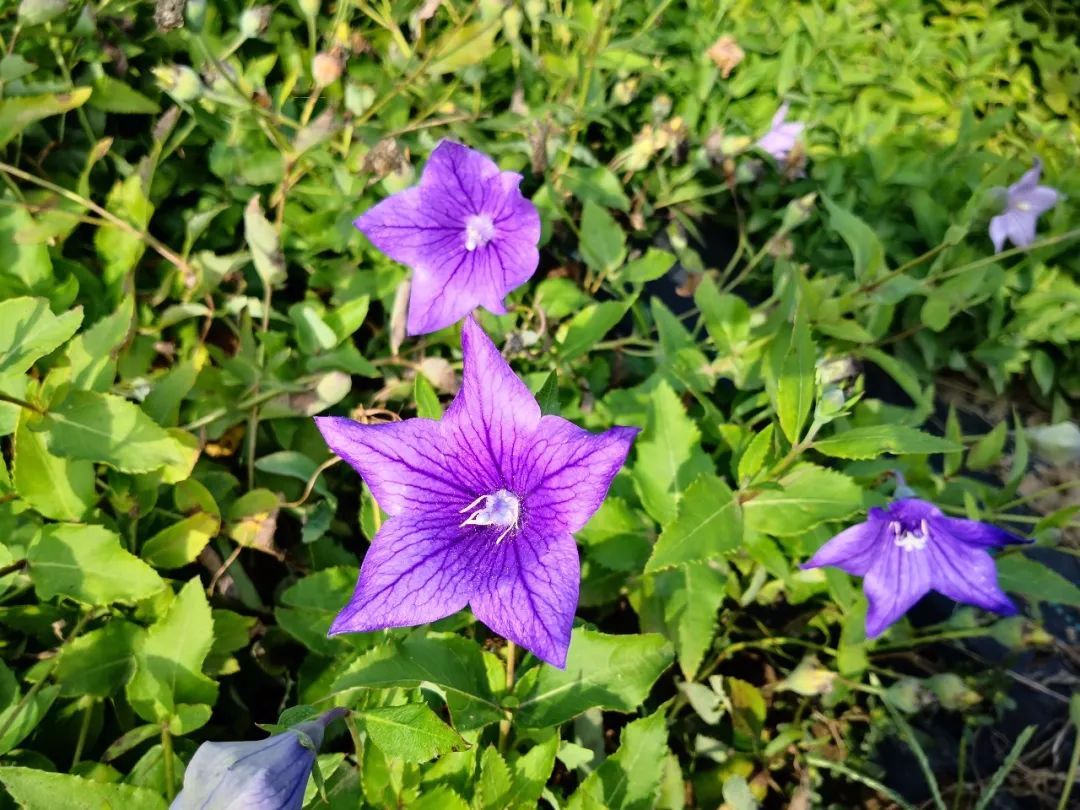
桔梗 Platycodon grandiflorus
TCM has spread to 183 countries and regions. The Chinese Medicine Technical Committee (ISO/TC249) established in the International Organization forStandardization (ISO) promoted by China has issued 45 international standards for TCM, providing high-quality products to the world. TCM is rapidly integrating into the international medical system, making more and more contributions to human health and well-being. Especially in the fight against the coronavirus pandemic, Chinese medicine has played a huge role.
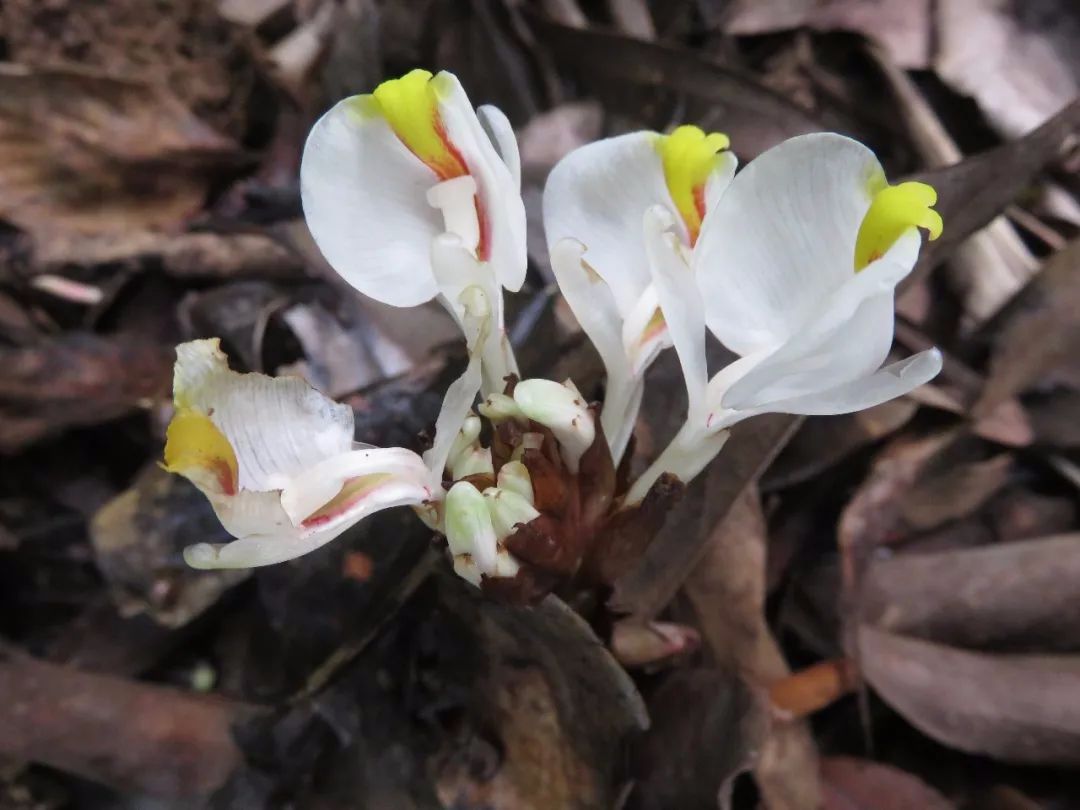
砂仁 Amomum villosum
In the future, China will strengthen the strict protection of wild medicinal plant resources, economize on the use of wild medicinal plants, carry out scientific research, development and utilization of alternatives to rare and endangered Chinese herbal medicines, and minimize the destruction of wildresources,
standardize the commercial cultivation of medicinal plants, crop wild relatives (CWP) and ecological planting to reduce demand pressure on wild populations. At the same time, it will ensure the scientific breeding of medicinal plant products and improve the quality of medicinal plants, make full use of the natural resources of the forest to realize the improvement of forest and grassland ecosystem services, promote the economic development of the forest and grassland, and boost farmers’ income.
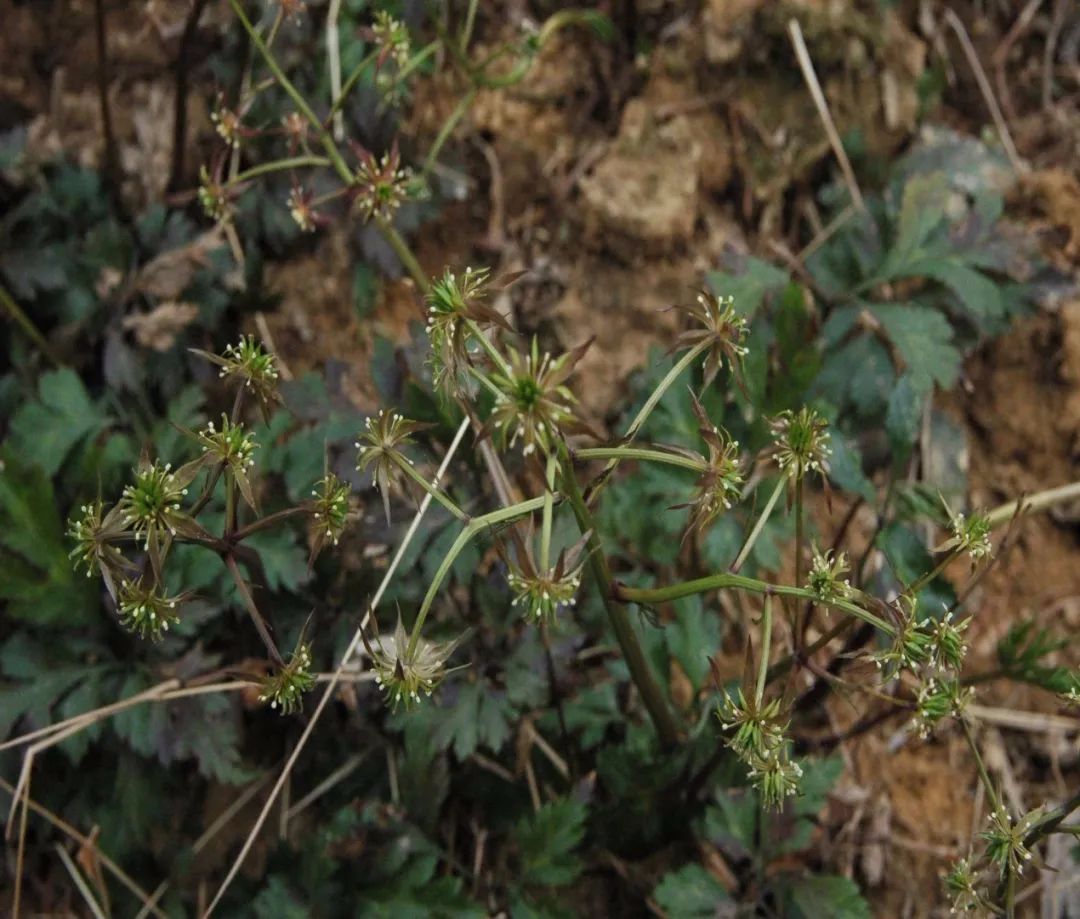
黄连 Coptis chinensis
China Wild Plant Conservation Association is organizing relevant scientific research institutions to study and formulate the "National Standards for the Protection and Breeding of Medicinal Plants" and at the same time, it is carrying out work to influence and implement international trade standards to promote the integration of TCM industry into the world economy.

稿 源:中国野生植物保护协会
专家顾问:张本刚 | 宋经元 | 齐耀东
文化顾问:张桂徵 | 张振华 | 孙英宝
翻 译:李 钺 | 刘 聪 | 刘 燕
摄 影:屠鹏飞 | 宋经元
责任编辑:李姗姗 | 楚雅南
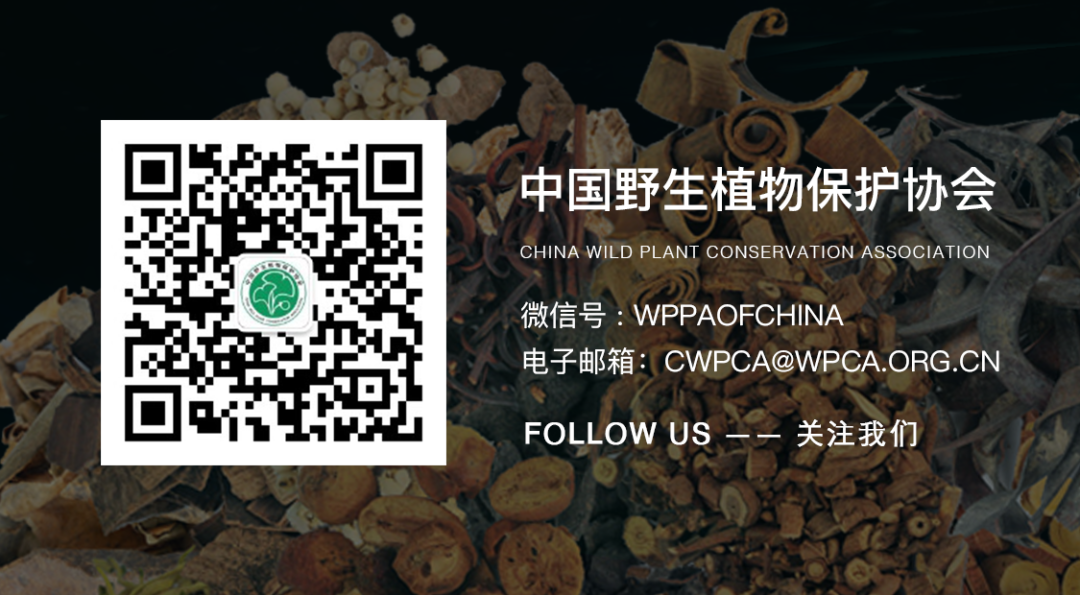
| 我也说两句 |
| 版权声明: 1.依据《服务条款》,本网页发布的原创作品,版权归发布者(即注册用户)所有;本网页发布的转载作品,由发布者按照互联网精神进行分享,遵守相关法律法规,无商业获利行为,无版权纠纷。 2.本网页是第三方信息存储空间,阿酷公司是网络服务提供者,服务对象为注册用户。该项服务免费,阿酷公司不向注册用户收取任何费用。 名称:阿酷(北京)科技发展有限公司 联系人:李女士,QQ468780427 网络地址:www.arkoo.com 3.本网页参与各方的所有行为,完全遵守《信息网络传播权保护条例》。如有侵权行为,请权利人通知阿酷公司,阿酷公司将根据本条例第二十二条规定删除侵权作品。 |
 m.quanpro.cn
m.quanpro.cn
